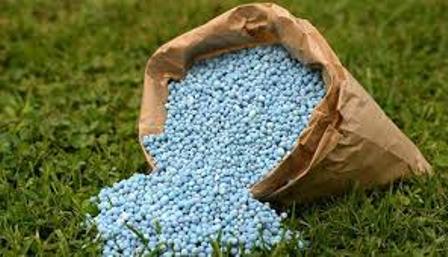The sector is expecting a healthy performance in the upcoming years.

ICRA, the leading credit rating agency expects the Union Budget for FY2022 to be pivotal for the fertilizer industry. It believes that the finance minister’s speech would bring clarity on the release of the additional allocation of Rs. 65,000 crore announced under the Atma Nirbhar Bharat 3.0 scheme.
The credit rating agency expects the subsidy requirement for FY2022 to be in the range of Rs. 85,000 - 90,000 crore driven by volume growth. The subsidy allocation is expected to increase for the urea sector following the commissioning of four new urea plants which will result in nearly 11% year on year increase in subsidy requirement for the sector.
With the budgetary allocation for the fertilizer sector for FY2022 expected to be in line with the total requirement of around Rs. 90,000 - 100,000 crore, the sector is expecting a healthy performance in the upcoming year as well. ICRA also expects the government to focus on various other reforms the sector has been waiting for a long time in the upcoming fiscal e.g. implementation of the true form of Direct Benefit Transfer (DBT) for the sector, clarity on the implementation of the nutrient-based subsidy (NBS) scheme for the urea sector and more policy certainty to support domestic production.
While implementation of the true form of DBT for the sector would be a major positive, ICRA believes the possibility of the implementation of the same remains low in the upcoming budget in the light of the ongoing farmer agitations related to the Farm Bills.
Domestic industry pegged to register strong growth
In its latest report on the fertilizer industry released during January 2021, ICRA has also predicted that the primary fertilizer sales volume in FY2021 would witness the strongest growth in more than a decade. The same would be driven by healthy growth in the sowing levels in both the kharif and rabi season, normal monsoons, healthy reservoir levels thereafter and the support provided by the government of India to the agri-economy in light of the COVID-19 pandemic.
ICRA predicted an improved credit profile of the sector during FY2021 and expects the same to continue in FY2022, driven by additional subsidy allocation, which is likely to wipe out the subsidy backlog and result in ending the temporary cash flow mismatches. It also expects adequate budgetary allocation towards fertilizer subsidy in the Union Budget FY2022, which will keep the receivable cycle within prescribed regulatory limits.The ICRA report also predicts that strong volume growth and benign raw material prices would aid profitability in FY2022.
Lowering of import duties on raw materials like phosphoric acid and ammonia to improve the competitiveness of the domestic phosphatic fertilizer manufacturers has been a long-pending industry demand along with the reduction of import duty on LNG for the urea industry, as the consumption of the latter is on a steady rise.
The government is planning to invest US $8 billion to revive four fertilizer plants and setting up two plants to produce farm nutrients.
The Indian Fertilizers Market is expected to witness a CAGR of 11.9% during the forecast period 2020-2025. India is the second-largest consumer of fertilizers in the world with an annual consumption of more than 55 million metric tons. Among the various types of fertilizers used in India, Urea is one of the highest consumed fertilizers in the country as a source of Nitrogen.
The overall fertilizer consumption in India has grown at a CAGR of 2% from 50.6 million tonnes in FY2009 to 61.4 million tonnes in FY2020. In FY2020, the primary sales volumes for fertilizers grew at a moderate rate of 6% to 61.4 million tonnes in FY2020 from 57.8 million tonnes in FY2019, following the healthy monsoons.
Subscribe to our newsletter & stay updated.